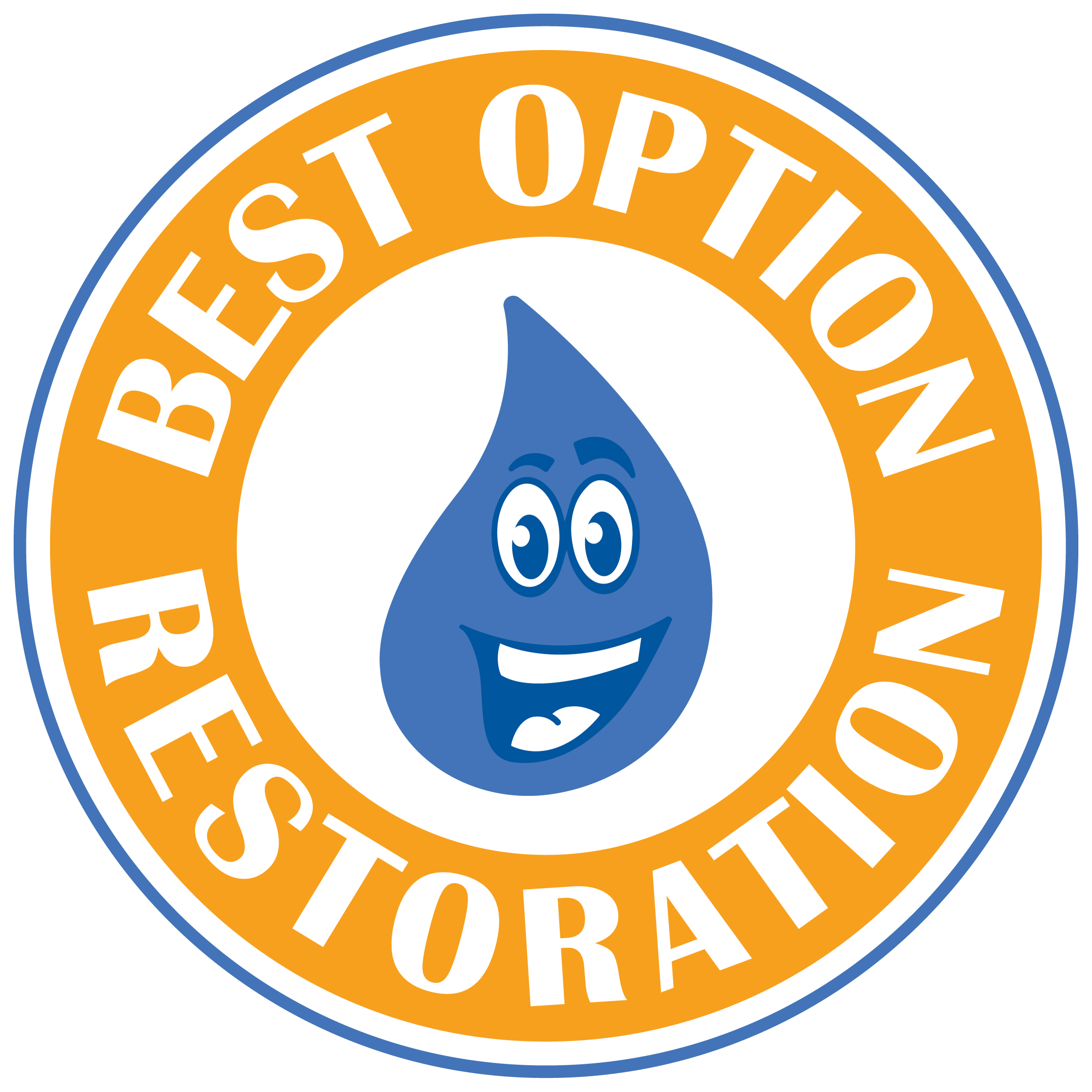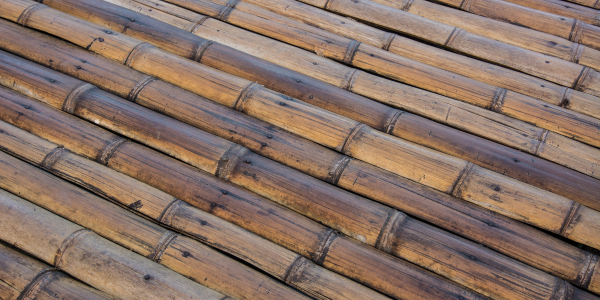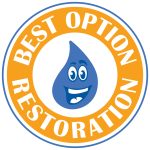Restoration work often begins in the aftermath of a disaster. Whether a home suffers water damage from a burst pipe or a business deals with fire and smoke residue, effective response is necessary. A growing conversation within the restoration industry is focused on the materials used and their long-term effects. This post looks at how eco-friendly materials are shaping the future of restoration work. Sustainable decisions benefit both the environment and the people who live and work in restored spaces. Homes, offices, commercial buildings, and public institutions are all seeing a shift in how repairs are carried out when considering long-term sustainability.
Understanding Eco-Friendly Restoration
Eco-friendly restoration involves using materials and methods that limit environmental impact. This might mean using reclaimed wood, low VOC (volatile organic compounds) paints, or insulation made from recycled materials. These choices are driven not just by environmental concerns, but also by advancements in technology and changing regulations. Green building practices are becoming more standard in new construction, and those same principles are now being applied during post-disaster construction and repair.
Choosing sustainable building materials for repair jobs helps reduce waste. It avoids adding harmful substances into already stressed residential environments. These eco-friendly materials often last longer and result in fewer repairs over time. This approach can save property owners money years after their restoration is considered complete.
Low VOC Products for Healthier Spaces
Paints, adhesives, and sealants used in restoration can release gases that negatively affect indoor air quality. Traditional products often release VOCs which contribute to asthma, allergies, and respiratory problems. Eco-friendly restoration practices now favor low or zero-VOC alternatives. These options reduce exposure to chemicals during application and help occupants maintain a healthy living environment after the work is finished.
Low VOC materials are especially helpful in homes with small children or elderly residents, who may be more sensitive to chemical exposure. Long after workers leave a job site, safe air is a mark of responsible restoration.
Reclaimed and Recycled Materials
Reclaimed wood, recycled tile, or salvaged architectural elements offer character and sustainability. These materials reduce the need for new resources and cut carbon emissions produced during manufacturing. Integrating recycled content into restoration projects means avoiding disposal of still-usable goods and limiting what needs to be sourced fresh from suppliers.
In flood or fire situations where extensive demolition is required, some contractors are finding ways to preserve structural components. Rather than tearing down everything and starting from scratch, pieces like support beams, flooring, and paneling may be repurposed and reintegrated. This also preserves some original character and design continuity within the space. Those touches matter, especially in restoring historically significant properties.
Natural Insulation Materials
Safe insulation options are crucial, particularly in fire-damaged buildings. Traditional insulation can contain fiberglass or harsh chemicals that irritate the skin, eyes, and respiratory system. Eco-friendly alternatives include sheep’s wool, cellulose made from recycled paper, and even denim. These materials are less hazardous, biodegradable, and yield strong thermal performance.
In humid climates or after water damage, mold resistance becomes a top concern. Natural insulations often react better to moisture than synthetic options. Cellulose with added borate can be highly resistant to mold, insects, and fire. This makes natural insulation a practical option for flood recovery and general rebuilding.
Stone and Brick Restoration with Lime-Based Mortars
Older structures often used lime-based mortars, which allowed the buildings to breathe and move slightly as the structure aged. Using modern cement-based mortars during restoration can trap moisture and cause damage over time. A return to lime mortars matches original construction and avoids introducing materials that aren’t compatible with aged stone or brick.
Lime mortars are naturally derived, resist cracking, and allow for easy repairs. They support structures that have stood for over a century and are expected to last many more years. These considerations have renewed focus on traditional, more sustainable building practices from a time before mass produced cement became mainstream.
Green Flooring Solutions
Flooring choices have a major impact during restoration. Carpet, vinyl, and laminate can contain harmful chemicals and aren’t always recyclable. More contractors and property owners are now selecting bamboo, cork, or reclaimed hardwood as part of green restoration efforts. These materials are durable, stylish, and come from renewable sources.
Reclaimed hardwoods especially add value to a restoration job by combining sustainability and beauty. Properly sealed and refinished, they are resistant to damage and can last a lifetime. Cork offers the added benefit of being naturally antimicrobial and great for sound insulation. These qualities make it appealing in both home and office settings.
Sustainable Roofing and Exterior Upgrades
The roof is often among the first areas damaged in a storm or fire. Traditional asphalt shingles have a short lifespan and often end up in landfills. Metal roofing, clay tiles, and recycled composite shingles now offer longer-lasting and more environmentally safe protection.
Metal roofing is recyclable, reflects heat to reduce cooling needs, and can stand up to high winds and hail. Some clay tiles last for decades without needing replacement. Recycled shingles are made partially from post-consumer materials and mimic the look of slate or wood without the resource strain.
Exterior paints now include low VOC options that resist fading and cracking, cutting down on future repaints. Fiber cement siding, made from sand, cement, and cellulose, offers a greener alternative to vinyl or wood while resisting fire and moisture.
Water Conservation Technology in Restoration
When flooding or leaks occur, restoration often includes plumbing upgrades. Eco-friendly restorations may include low-flow faucets, dual-flush toilets, and energy-efficient water heaters. These tools reduce water usage without sacrificing comfort. Rainwater catchment systems and greywater reuse are becoming more frequent in large commercial restorations.
Efficient plumbing options cut water bills while reducing strain on local resources. Eco-friendly restoration is not only about materials, but also about efficiency upgrades that help manage limited environmental assets. These changes slowly accumulate into real benefits for the surrounding community.
Solar Integration Post Restoration
For structures requiring extensive roof rebuilding, it is sometimes possible to integrate solar panels. This adds long-term sustainability to the restored building. Solar power reduces reliance on fossil fuels and can be included during roofing installation to save time and labor. Several restoration professionals now coordinate with energy contractors to offer complete recovery combined with energy improvement.
In commercial spaces, solar investments can lower operating costs. Residential customers are becoming increasingly interested in rebuilding to include long-term energy solutions. As more federal or state incentives become available, solar is expected to play a bigger role in holistic restoration projects.
Benefits Beyond the Environment
Eco-friendly restoration practices benefit more than nature. They support indoor comfort, reduce utility spending, and often provide improved durability in the materials used. Many of these products perform equal to or better than traditional choices and offer fewer limitations when selecting finishes, styles, and designs.
In older homes that require restoration after fire or water damage, safer and more natural materials reduce the risk of future issues. For example, mold resistant paints and finishes can guard against repeated damage, especially in areas with humidity concerns.
Long-Term Cost Savings
Initially, some green building materials may seem more expensive up front. But the lifetime value they offer comes through durability, reduced repairs, and lower energy bills. When viewed over five or ten years, eco-friendly choices often result in budget-conscious restoration.
Materials that withstand moisture, resist decomposition, or require less heating and cooling input pay off through decreased maintenance. Home and business owners may also access rebates and tax incentives for sustainable improvements completed during restoration.
Encouraging Consumer Demand for Green Restoration
As awareness grows, homeowners and businesses are asking for greener work from their restoration contractors. Contractors who specialize in environmentally friendly restoration are seeing this work expand. Property owners are more likely to select providers who are transparent about sourcing, waste management, and long-term product effects.
This shift in demand is pushing suppliers and insurance programs to offer more eco-conscious products and solutions. Consumers want repairs that not only fix the damage but set up their property for a healthier future.
Why Sustainable Choices Matter in Disaster Recovery
After fire, water, or mold damages a structure, the rebuilding phase is an opportunity to make better choices. Using sustainable building materials helps reduce the carbon footprint of the reconstruction process. It can also prevent similar or worse problems down the line. For example, bamboo flooring resists moisture damage and mold growth better than some standard options, providing a smarter replacement in flood-prone regions.
By considering the long-term impact of materials used in restoration, professionals are helping to build safer, more sustainable communities. These restoration projects not only return damaged properties to livable conditions, but also improve their resilience and environmental performance.
Long-term thinking, smarter material choices, and projects that protect the future of both human health and environmental wellbeing are leading modern restoration forward. Whether replacing carpets, rebuilding kitchens, fixing plaster walls, or upgrading HVAC systems, there’s always room to choose better materials that respect the world around us without compromising quality.


